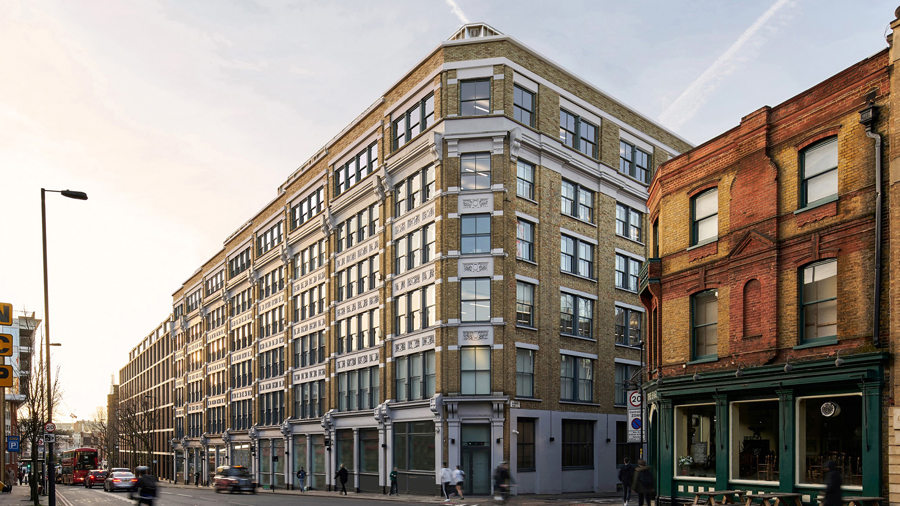The Changing Face of Islington and Farringdon: Navigating the Landscape of Change of Use
The dynamic urban landscapes of Islington Farringdon in London have long been characterized by a vibrant mix of residential, commercial, and cultural spaces. In recent years, a noticeable trend has emerged in the form of change of use applications, reflecting the evolving needs and aspirations of the community. This article delves into the phenomenon of change of use in these areas, exploring its implications on the local environment, economy, and community fabric.
Change of use refers to the process of altering the purpose for which a building or space is intended. In the context of Islington and Farringdon, this could involve the transformation of commercial spaces into residential units, the conversion of historic buildings into cultural hubs, or the adaptation of warehouses into modern offices. This fluidity in land use allows the urban landscape to respond to shifting societal demands and economic trends.
One significant trend in the change of use landscape is the conversion of commercial spaces into residential units. This can be seen as a response to the growing demand for housing in densely populated urban areas like Islington and Farringdon. Former office buildings or retail spaces are being repurposed to create modern living spaces, contributing to the rejuvenation of these neighborhoods and addressing the pressing need for additional housing stock.
Islington and Farringdon boast a rich cultural heritage, with many historic buildings and landmarks dotting the streets. Change of use applications in these areas often involve transforming these heritage sites into cultural spaces, such as galleries, theaters, or community centers. This dual approach of preserving the historical significance of these buildings while giving them a contemporary purpose enhances the cultural appeal of the neighborhoods.
The economic implications of change of use are multi-faceted. While residential conversions contribute to the housing market and address the housing shortage, the transformation of commercial spaces can invigorate the local economy. New businesses, cafes, and creative hubs that emerge from change of use applications bring a fresh energy to the community, attracting both residents and visitors alike.
Despite the positive aspects, change of use is not without its challenges. Striking a balance between preserving the character of the neighborhoods and embracing modernization is crucial. Additionally, community engagement and consultation are vital to ensure that change of use applications align with the needs and aspirations of the local residents.
The changing face of Islington and Farringdon through the lens of change of use reflects the dynamic nature of urban development. As these neighborhoods evolve to meet the demands of the 21st century, it is essential to embrace change while preserving the unique character and heritage that define these areas. The delicate dance between tradition and innovation will ultimately shape the future of Islington and Farringdon, making them resilient and adaptable urban landscapes.



Comments are closed